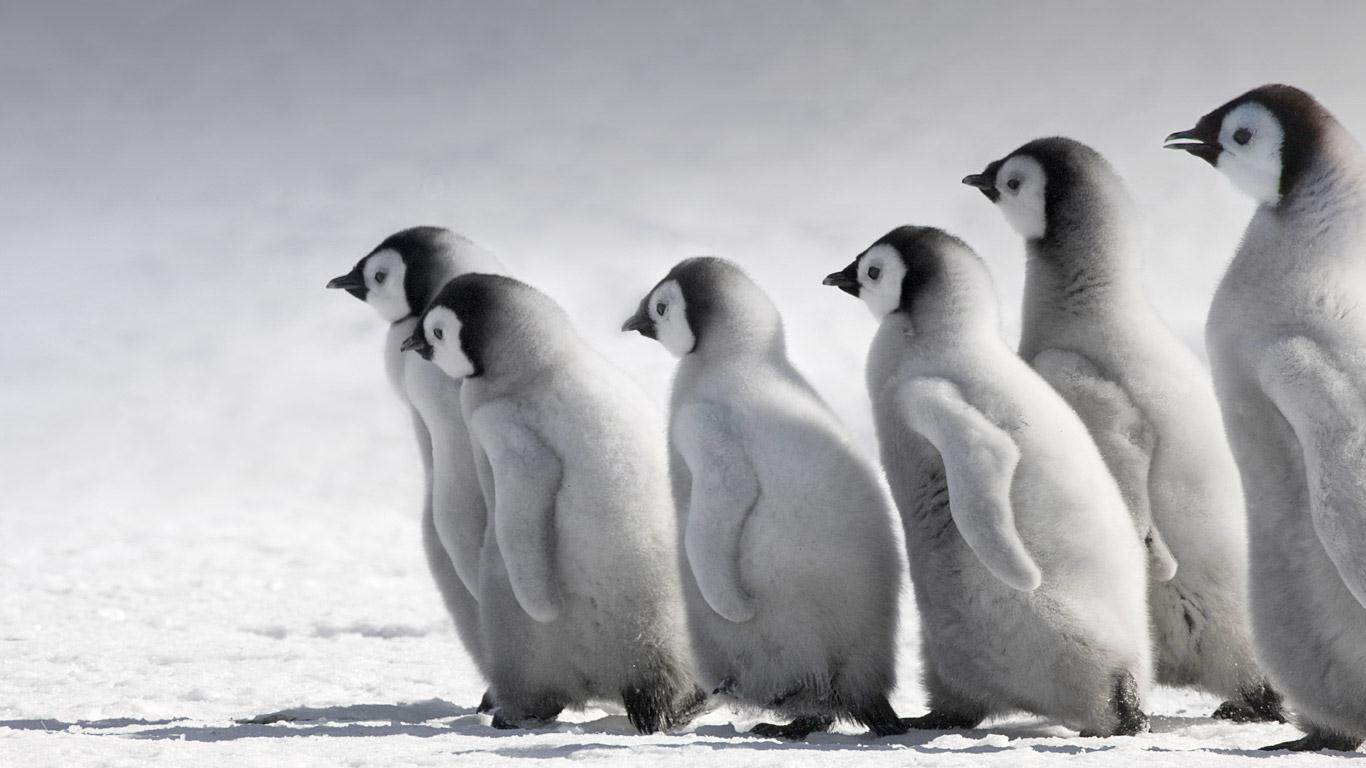

How many of the remaining 32,000 wild lions in Africa are in stable populations in viable habitat? Our analysis identified only 67 largely isolated areas across the entire African continent where lions might survive. Of these 67 areas, only 10 qualified as strongholds where lions have an excellent chance of survival. Lion cubs (Panthera leo) surround a patient lioness, nipping and playing, Londolozi private game reserve, South Africa. Scientists estimated that 50 years ago, approximately 100,000 lions made their home in Africa’s iconic savannahs. Your study found that the population of wild lions in Africa plunged by two-thirds in 50 years. Stuart Pimm is also a member of the Big Cats Initiative Grants Committee and a regular blogger for National Geographic News Watch. African savannahs are defined by the researchers as those areas that receive between 3 mm (approximately 11 to 59 inches) of rain annually. The study, funded in part by the National Geographic Big Cats Initiative, was published online in this week’s journal Biodiversity and Conservation.

The most comprehensive assessment of lion (Panthera leo) numbers to date determined that Africa’s once-thriving savannahs are undergoing massive land-use conversion and burgeoning human population growth. The king of the African savannah is in serious trouble because people are taking over the continent’s last patches of wilderness on unprecedented scale, according to a detailed study released this week.


 0 kommentar(er)
0 kommentar(er)
